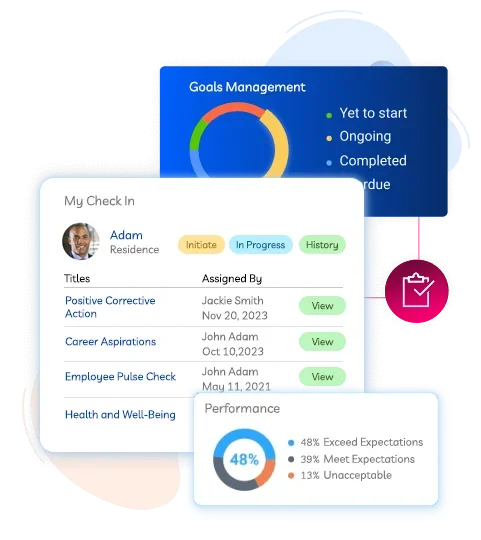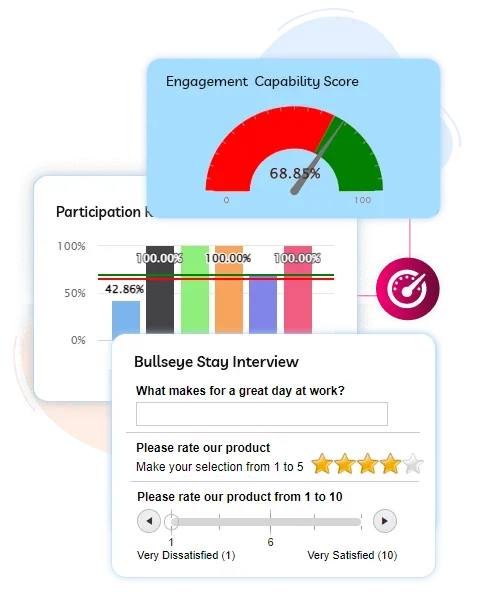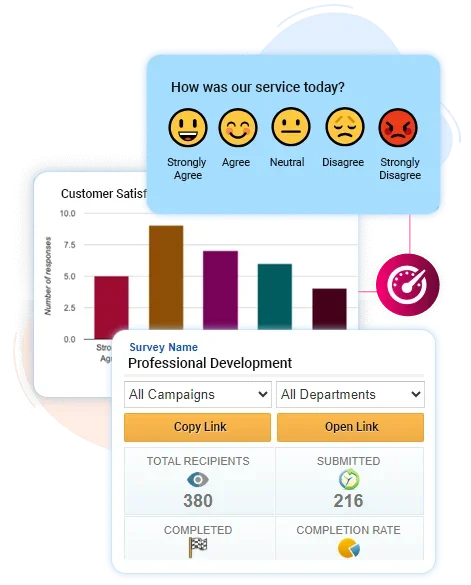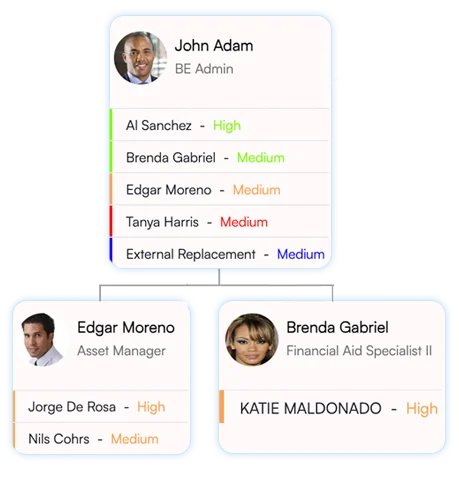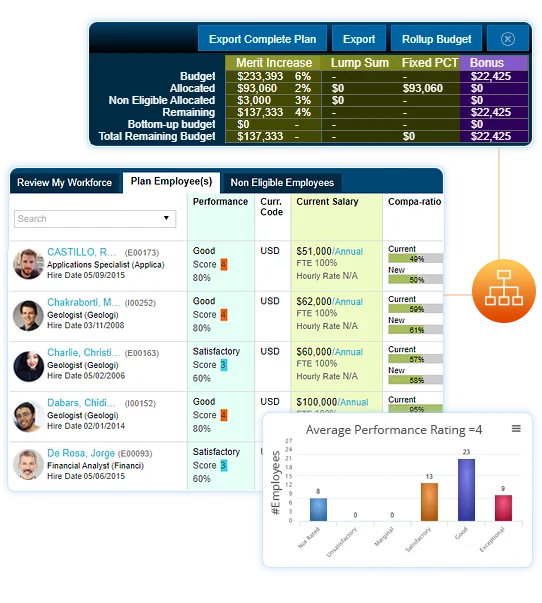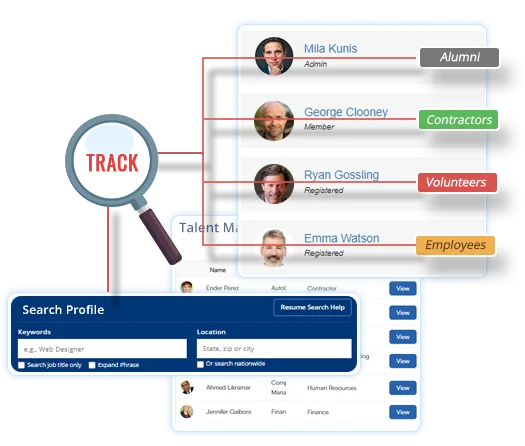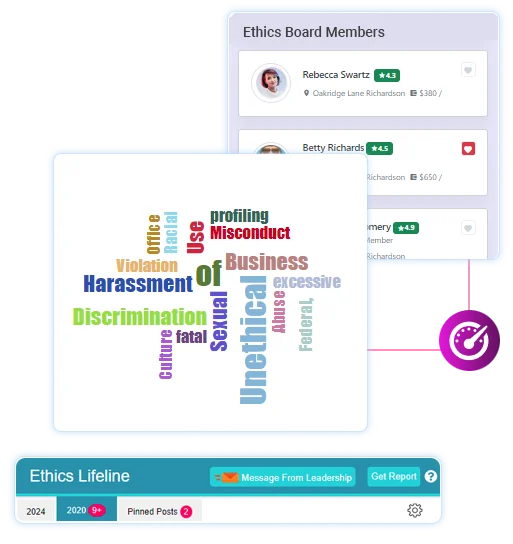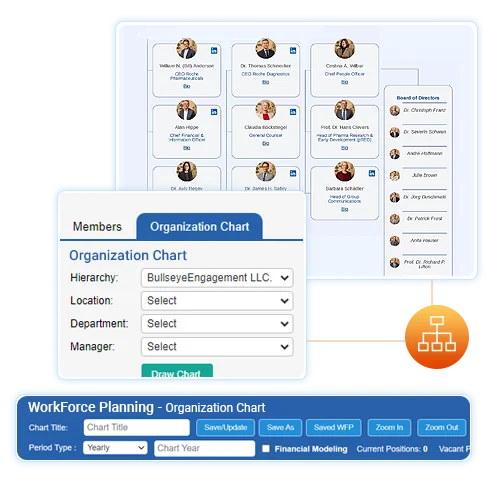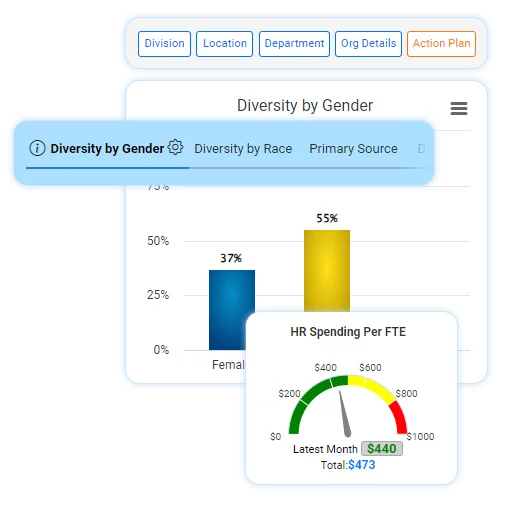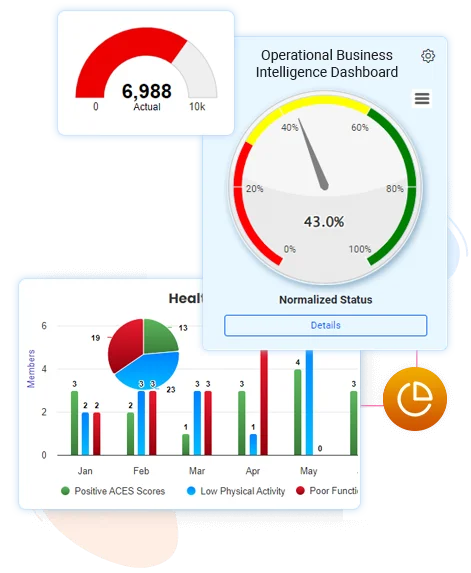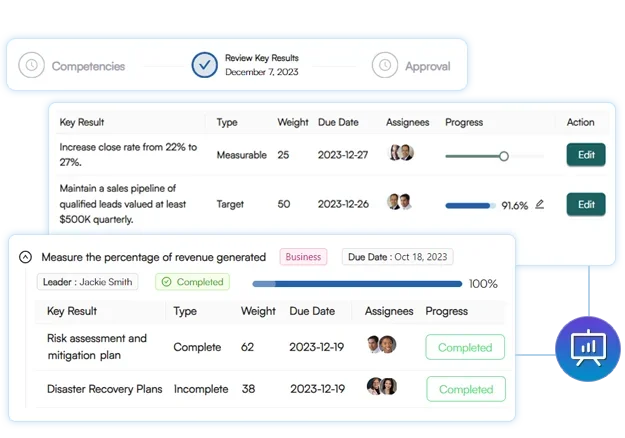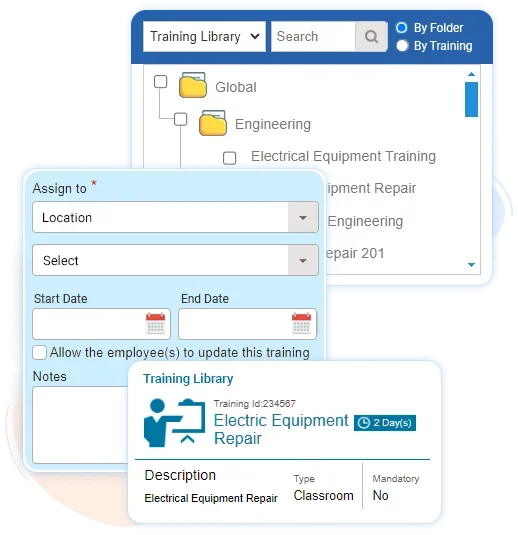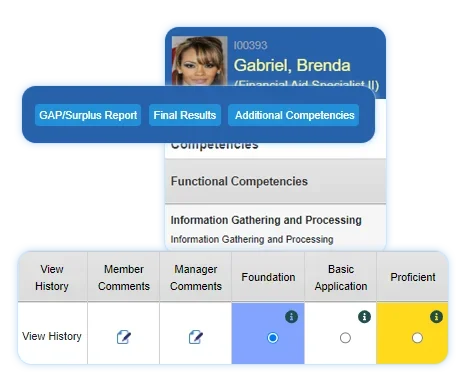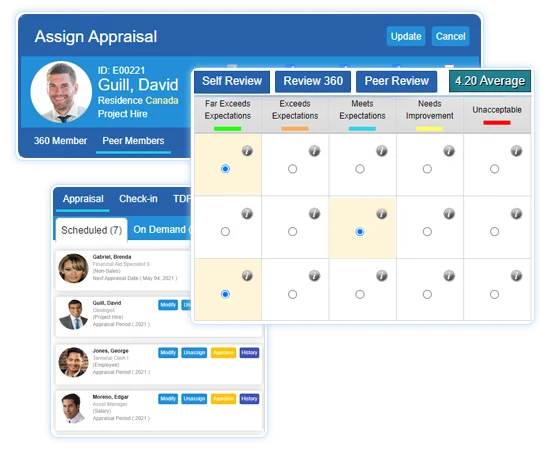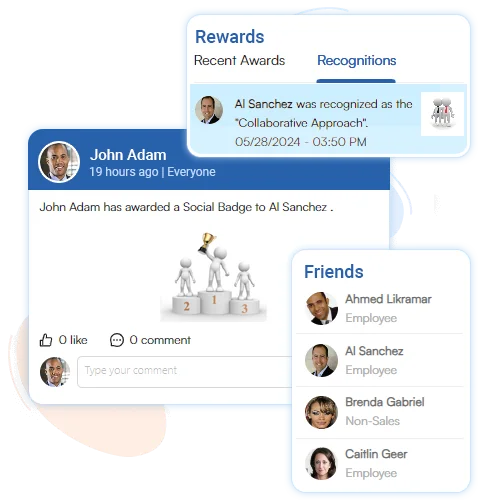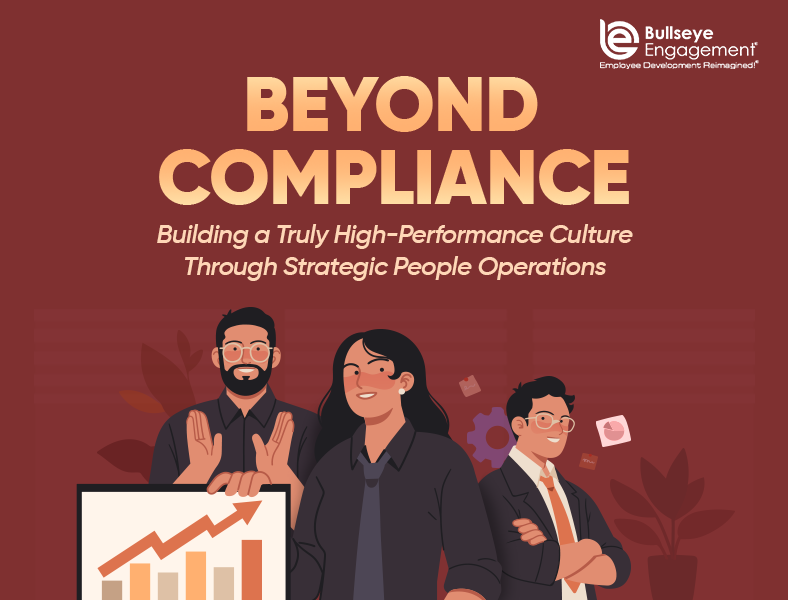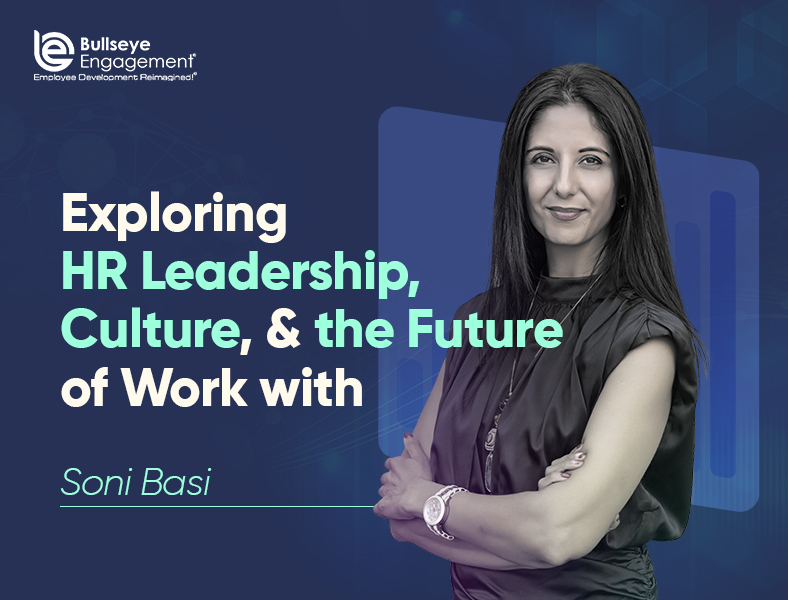For too long, Human Resources has been viewed by some as primarily a compliance function—focused on paperwork, policies, and risk mitigation. While these aspects are foundational, this narrow perspective significantly undervalues HR’s transformative power. In today’s competitive and dynamic business landscape, organizations that merely comply are destined to fall behind. The real competitive advantage lies in Strategic People Operations: a holistic, data-driven approach that harnesses human capital as the primary engine for building a truly high-performance culture.
A high-performance culture is more than just hitting quarterly targets. It’s an environment where employees are consistently engaged, highly productive, continuously developing, and deeply committed to shared organizational success. It’s where talent thrives, innovation blossoms, and business outcomes are not just met, but often exceeded. This isn’t achieved by chance; it’s the deliberate result of an integrated, strategic approach to managing your most valuable asset: your people.
The Flaws of a “Compliance-Only” HR Mindset
When HR’s primary focus remains on compliance, organizations often encounter several limitations:
● Reactive Posture: The emphasis shifts to fixing problems after they arise, rather than proactively building capabilities and fostering growth.
● Perceived as a Cost Center: HR can be seen primarily as an overhead, rather than a strategic investment delivering measurable business value.
● Fragmented Talent Management: Siloed HR functions—where performance, learning, and compensation operate in isolation—lead to disjointed employee experiences and missed opportunities for synergy.
● Underutilized Potential: Employees may meet basic requirements but never fully unleash their capabilities due to a lack of strategic support and integrated systems.
The Pillars of a High-Performance Culture
Building a high-performance culture requires more than good intentions. It demands a strategic framework built on several interconnected pillars:
1. Clear Goals & Accountability: Everyone understands what success looks like and how their individual and team efforts contribute to broader organizational objectives.
2. Continuous Feedback & Development: Growth is an ongoing process, supported by regular coaching, meaningful feedback, and accessible learning opportunities.
3. Meaningful Recognition & Aligned Rewards: High performance is consistently acknowledged and celebrated, and compensation is transparently tied to impactful contributions.
4. Strategic Talent Alignment & Pipeline: The right people are in the right roles, and future talent needs, including leadership succession, are proactively addressed.
5. Data-Driven Decision-Making: People strategies are informed by objective insights, not just intuition or anecdotal evidence.
6. Ethical Foundations & Trust: A culture of integrity, transparency, and psychological safety underpins all operations, fostering trust.
7. Empowered Employee Voice: Employees feel valued, heard, and have avenues to contribute to shaping their workplace.
Strategic People Operations: The Engine for High Performance
Strategic People Operations transcends transactional HR, integrating all aspects of talent management to drive organizational performance. It’s about orchestrating people-related initiatives to directly support core business objectives. This is where advanced, integrated HR technology platforms become invaluable, enabling HR to evolve from an administrative function to a strategic business partner.
Here’s how a comprehensive talent platform can empower organizations to build and sustain a truly high-performance culture:
1. Driving Clear Goals & Accountability
Robust goal-setting frameworks are crucial for a high-performance culture. Systems that allow for the cascading of objectives and key results (OKRs) ensure clear alignment from executive vision down to individual tasks. Such platforms facilitate transparent tracking of progress and foster a deep understanding of how individual efforts contribute to broader strategic goals. Performance management tools within these platforms provide the necessary structure for consistent goal tracking, allowing for proactive adjustments and accountability.
2. Fueling Continuous Feedback & Development
Moving beyond annual reviews to continuous performance management is vital. Integrated platforms support ongoing feedback, peer recognition, and 360-degree insights, creating a culture of constant learning and improvement. Learning and development modules within these systems enable personalized growth paths, ensuring employees continuously acquire and refine the skills needed for peak performance. This also helps in identifying and nurturing specific competencies required across the organization.
3. Cultivating Meaningful Recognition & Aligned Rewards
For a high-performance culture to thrive, contributions must be seen and rewarded. Tools for recognition facilitate timely and meaningful acknowledgments, reinforcing desired behaviors and fostering a positive, appreciative environment. When compensation planning is strategically integrated, it ensures that rewards are competitive, equitable, and directly linked to individual and team performance, motivating sustained excellence.
4. Optimizing Talent Alignment & Pipeline
Proactive talent strategies are essential. Advanced workforce planning capabilities allow organizations to forecast future talent needs, identify potential skill gaps, and strategically plan for growth. Integrated succession planning ensures a ready pipeline of talent for critical roles, minimizing disruption. Solutions for talent matching further optimize internal mobility by connecting employee skills with new opportunities, breaking down departmental silos and empowering individuals to grow within the organization.
5. Empowering Data-Driven Decisions
The ability to make informed decisions is paramount. Comprehensive business intelligence dashboards provide real-time, actionable insights into all aspects of human capital—from employee engagement and productivity to retention rates and skill readiness. This data allows leaders to identify trends, pinpoint areas for improvement, and validate the impact of their people strategies with clear metrics.
6. Strengthening the Ethical Foundation
A high-performance culture is built on trust. Providing secure and confidential channels for employees to voice concerns or report ethical issues fosters transparency and reinforces a commitment to integrity. This creates a psychologically safe environment where employees feel secure in raising issues, which is critical for sustained performance and healthy culture.
7. Amplifying the Employee Voice
Regularly soliciting and analyzing employee feedback is non-negotiable. Modern survey tools capture sentiment on various aspects of the employee experience, ensuring that employees feel heard and that their input directly contributes to shaping a more effective and engaging workplace. This continuous dialogue is crucial for identifying areas of strength and opportunity within the culture.
The Tangible ROI of Strategic People Operations
The true power of Strategic People Operations, when underpinned by an integrated talent platform, lies in its ability to demonstrate significant, measurable ROI. By correlating data from performance metrics, goal attainment, engagement levels, and development initiatives with key business outcomes, organizations can clearly see the direct impact of their people strategies on:
• Increased productivity and operational efficiency.
• Improved employee retention and reduced talent acquisition costs.
• Enhanced employee engagement and satisfaction.
• Faster adaptation to market changes through skill development.
• A stronger, more capable leadership pipeline.
Unleashing Your Organization’s Full Potential
Moving beyond mere HR compliance to truly strategic people operations is not just an initiative; it’s a fundamental business imperative for any organization striving for sustained high performance. By thoughtfully leveraging integrated HR technology, companies can cultivate a vibrant culture where every employee is aligned, empowered, and equipped to contribute to breakthrough success. The future of business belongs to those who strategically invest in their people.
